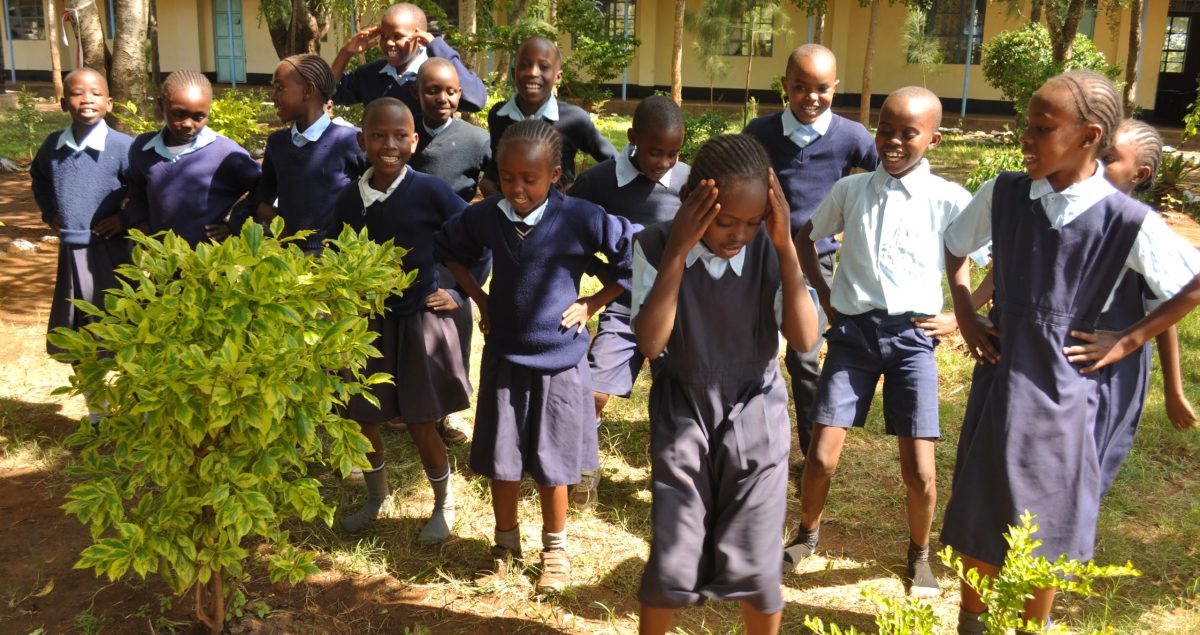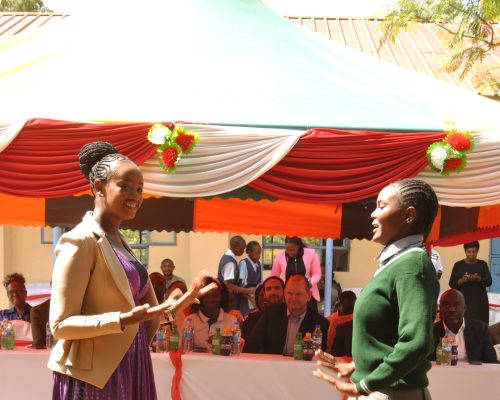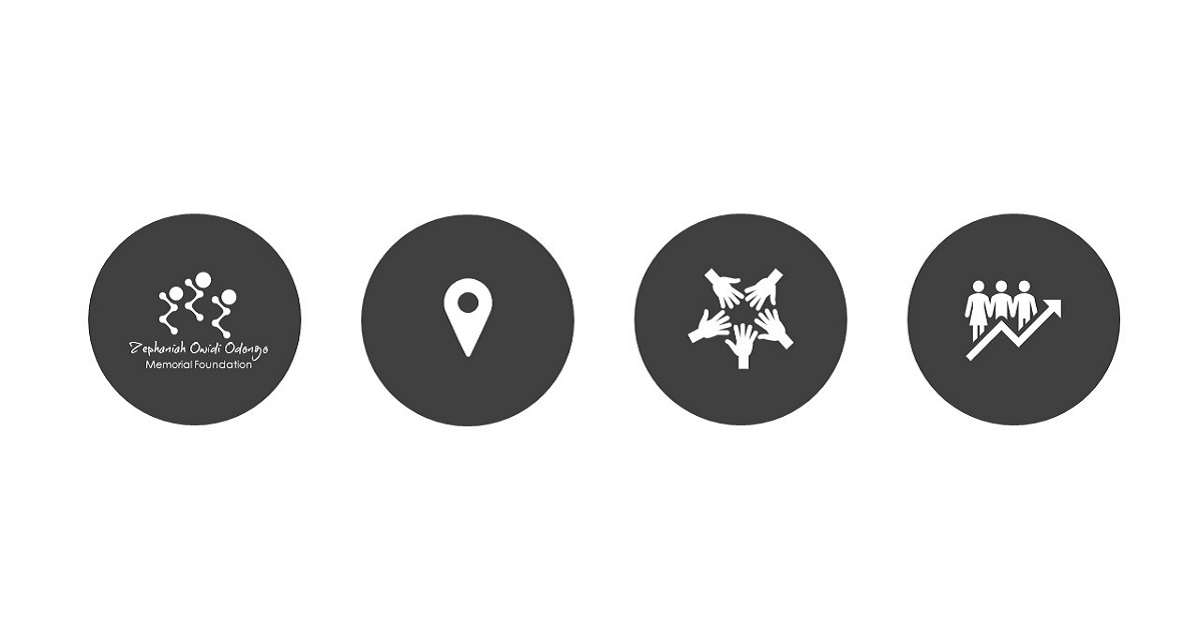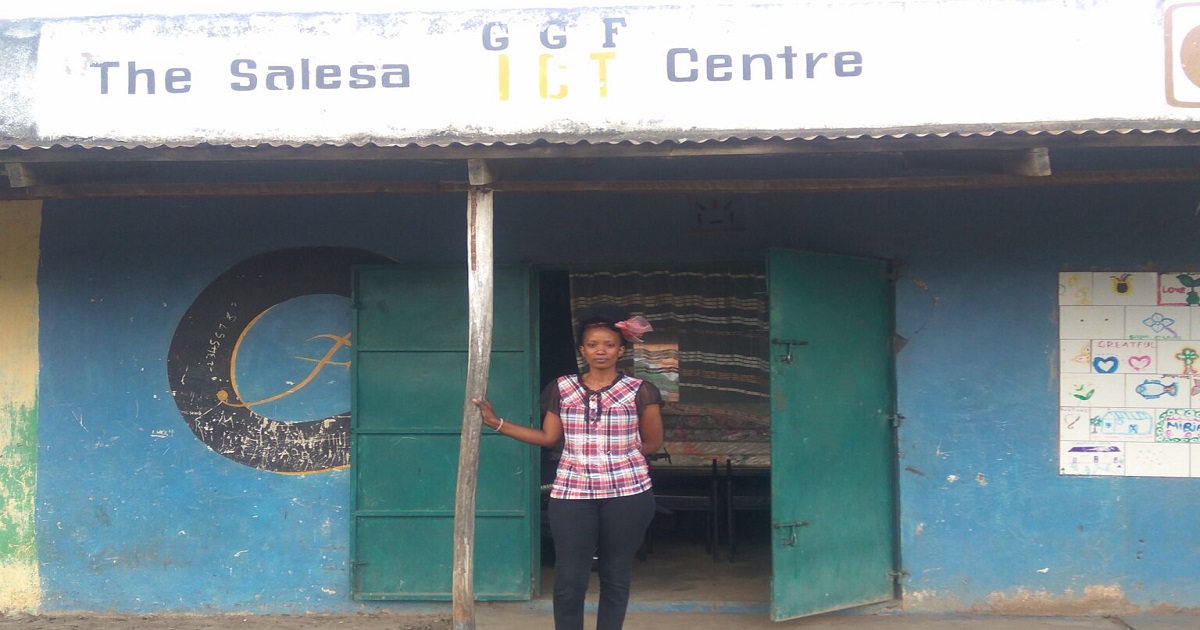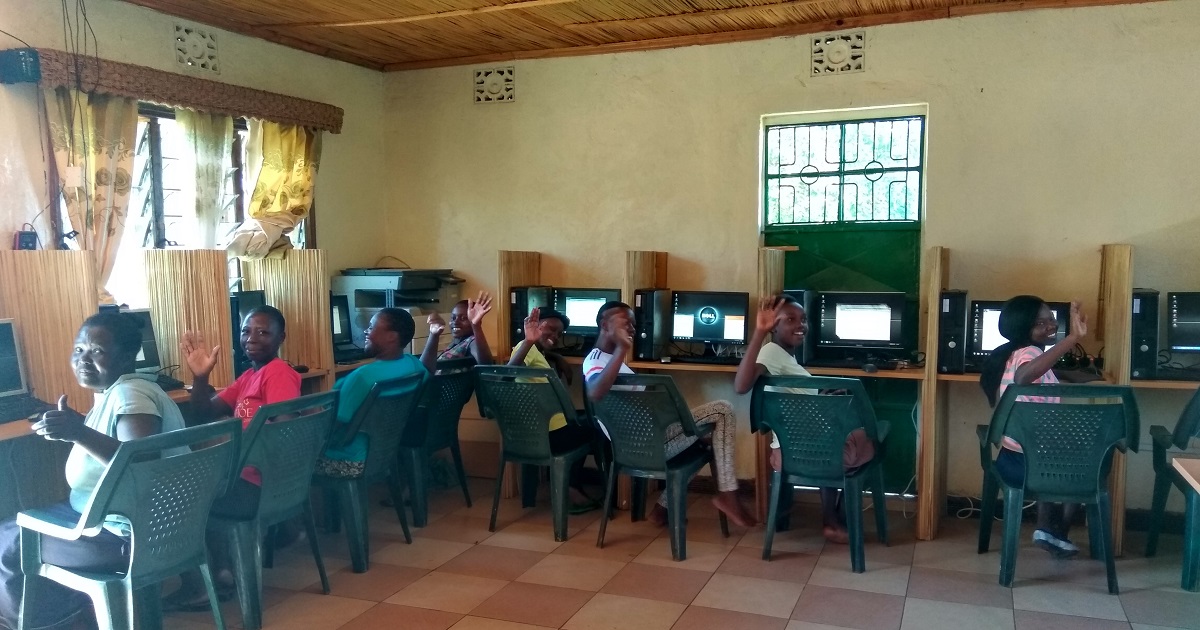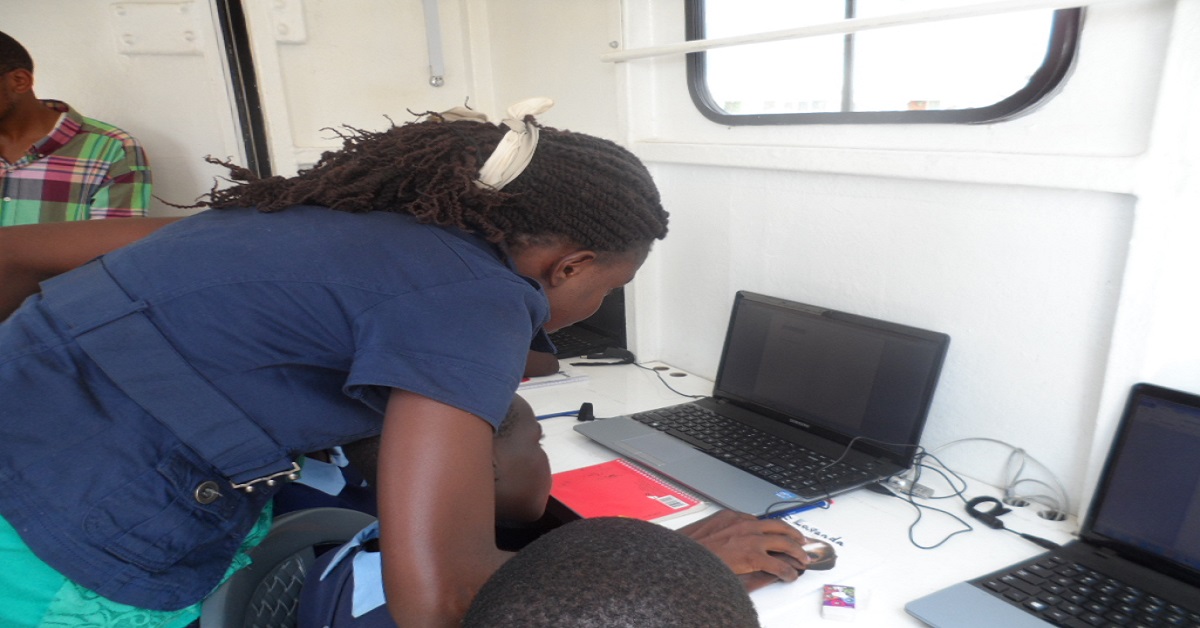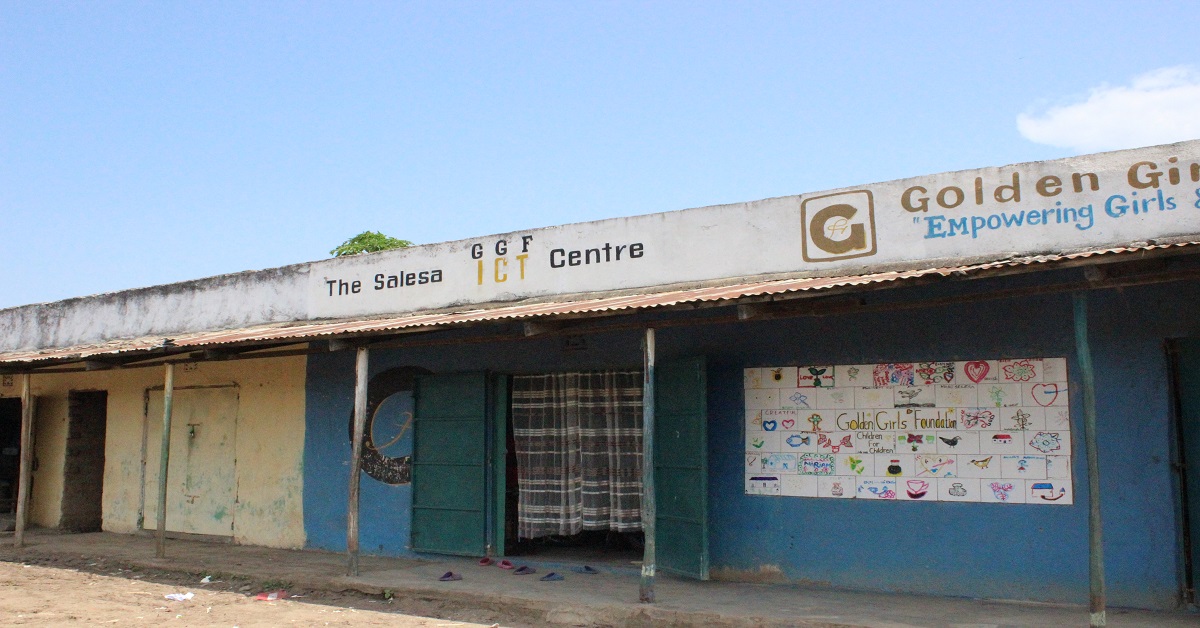
Is the digital divide a cultural divide?
Share this
By Linnus Kimani
The importance of the internet and modern technology is difficult to understate. Mix in a global pandemic that heavily limits free movement for people all over the world, it becomes impossible to understate.
The convenience of computer and internet access in offering key services is at the front and center of people’s daily lives, as offices and even schools begin to close and limit in-person access, which has to prompt the question; what if I didn’t have a computer? What then? This, unfortunately, is a reality for many in rural and marginalized communities, and has been coined as the digital divide. The digital divide – characterized by a gap between information-haves and information-have-nots – is an imbalance based on more than just issues of access. Often, the digital divide is evidenced by a cultural divide – which is a split in socio-economic structures and psychologies between communities. It is within these splits that the digital divide stands more prominently, as a community’s views and values surrounding technology, which are affected by socio-economic circumstances, would stand as the first barrier to entry for most.
For instance, low access rates could be attributed to affordability, which stems from an urban bias, leading to sparse and limited digital infrastructure in underdeveloped and rural areas. Often this creates income gaps between developed and underdeveloped communities, sometimes forcing people living in rural areas to move away to find opportunities. Who gets to move is however, a gendered issue, as rural women – who are generally restricted in their ability to own land, paid low wages on top of the general income gap and are often single parents due to men migrating – are not afforded such opportunities. Their time is often spent recovering from these hits through pre-established avenues (such as agriculture), building up sentiments of those things are for clever people and men. I don’t have time for such things. Ultimately, access is afforded through time; time to understand how to operate devices, time to understand digital languages, time to build enough capital to own devices and reliable internet sources.
‘…those things are for clever people and men.
I don’t have time for such things…’
–
If cultural disparities are not considered,
aspirations of universal access will remain obscured.
Unequal gender access to digital technologies is still present in urban areas as well. Research from the World Wide Web Foundation, localizes the problem to Kenya, showing that only 20% of women in Kibera have access to the internet as opposed to 57% of men. This is a reflection of stagnant gender roles existing widely within communities, where women are not afforded much autonomy socially and economically as compared to men. In urban communities, this leads to women being excluded from the digital innovations that urban areas benefit from such as M-Pesa, which provides a safe money transferring method to its users.
The digital divide is often described as a temporary issue; within X amount of years and with Y new developments, we can fully eradicate it. But if cultural disparities are not considered, aspirations of universal access will remain obscured. Inevitably, technology will leave people behind. In a pandemic, these issues gain a deeper sense of urgency, with women in under-served communities potentially losing access to important resources and innovative technologies that can help improve their conditions, such as access to healthcare and government services or educational materials. It is in this way, that working towards digital empowerment should provide more than just access to information, but seek to improve local conditions and build communicative cultures and identities as well. During the pandemic, this means introducing new modes of interaction and adaptation to communities that need them.
How ZOO Memorial Foundation brings digital empowerment to marginalized communities
ZOO Memorial Foundation looks beyond the digital divide and into the cultural divide, attempting to transform communities through not only tackling digital inequalities but by providing equal gender access and knowledge of digital tools and platforms.
Through collaboration with grassroots organizations, ZOO has set up 10 digital labs in rural and underserved communities across Kenya – a good starting point at directly combating the digital divide. They established their first community digital lab in 2009, where the contentious gap began to seep through – as over 90% of visitors to the lab were male. 1% of women benefited from the digital training, with most of them only visiting for complementary services (such as photocopying). From this it was clear – just having a computer was not enough.

The first group of women trained at one of ZOO’s women-focused digital labs.
To tackle the social and gender exclusions created by digital and cultural divides, ZOO’s Women in Sustainable Enterprise (WISE) – established in 2017 – and Golden Girls Foundation – established in 2015 – train women and girls on basic and advanced computer skills – leading into areas involving coding and web development. Women and girls are being given the opportunity to actively participate in the information society, which empowers them and provides agency to their trajectories. They also utilize their digital platforms to offer training in a variety of areas ranging from agriculture to finance. This way, women are provided more than just the ability to understand digital languages, they can also apply these skills in their daily lives and current jobs. In the case of rural Kenyan women who tend to work in agriculture, this gives them the opportunity to lift themselves from their positions as they are now capable of not only expanding their range of knowledge in agriculture through digital information structures but can also apply digital innovations to help improve their work. The Golden Girls Foundation digital lab was established in the same village as the 2009 lab, and saw an incredible increase in women’s participation with 91% of adults served being women. Similar exercises are conducted in their other digital labs such as Dr. Robert Ouko Primary School and Nyakoko Secondary School to name a few.
ZOO’s digital labs have served over 30,000 people since 2009. In a Covid-19 reality, they adapted quickly and equipped their digital labs with laptops and webcams allowing for remote learning for beneficiaries.
ZOO provides a solid framework towards eradicating not only the digital divide but the cultural divide too, one that still can be strengthened and improved upon. The work of ZOO is against separatism and calls for a collective anti-exclusion stance, which requires your help. Become a partner or contribute to ZOO’s mission through donations and directly impact the lives of women and children living in excluded communities. This type of dialogue and action around social relations is important and something each of us should be a part of.
